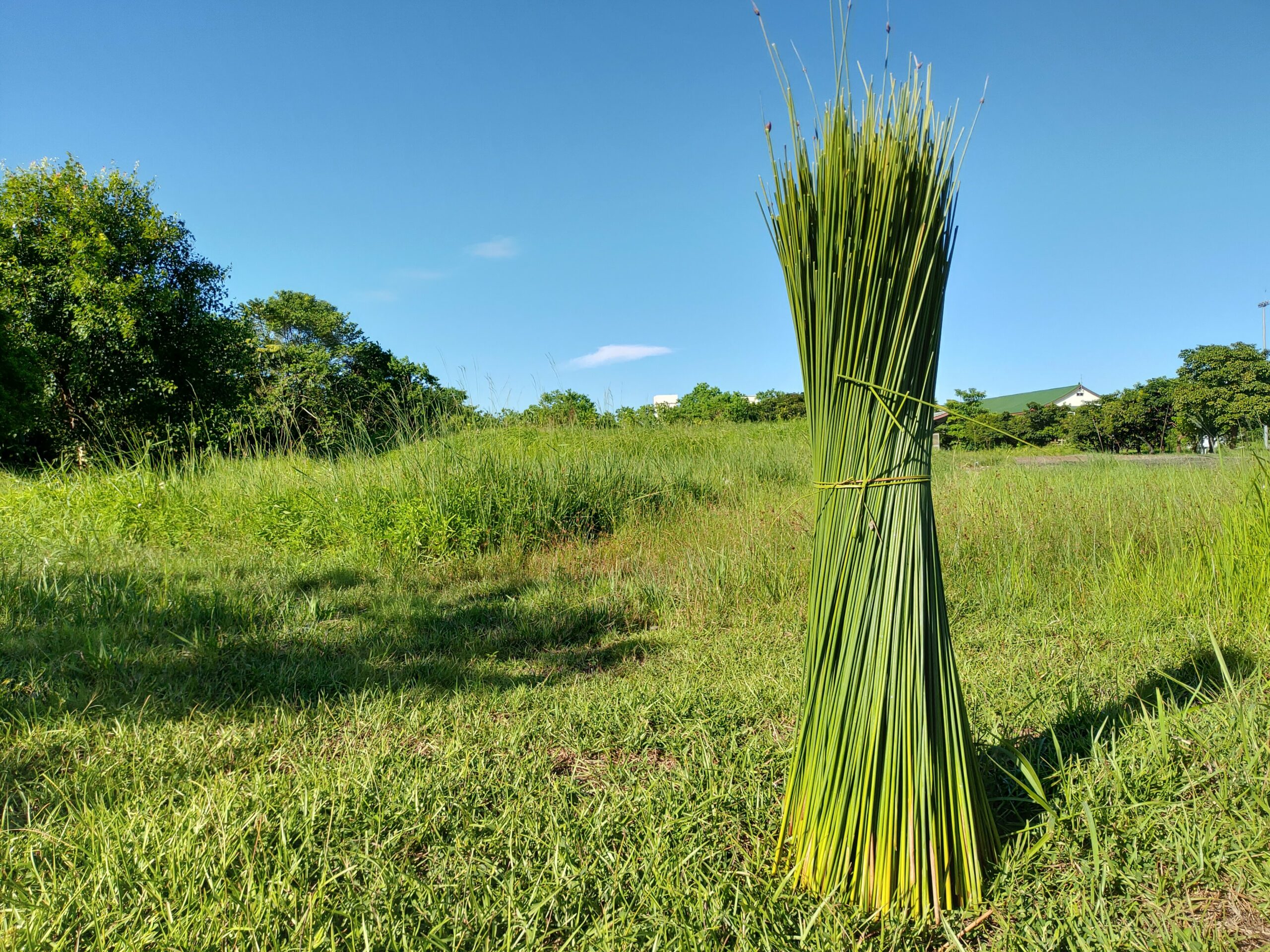Have you ever heard that the plastic bottles we use repeatedly for water may quietly release microplastics ? Even more concerning, studies abroad have indicated that the human brain may have already accumulated roughly 7 grams of microplastics ,which about the weight of a single plastic spoon! As we become aware of these invisible particles entering our bodies, have you ever wondered whether the straws we use daily might also carry hidden health risks?
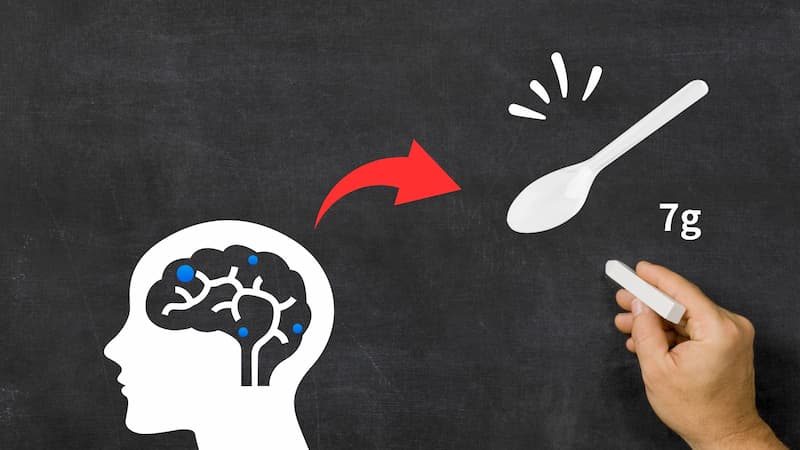
In recent years, with the global push to reduce plastic, a variety of eco-friendly straws have appeared on the market—from paper and stainless steel to so-called biodegradable materials. However, many of these seemingly “green” options may hide unexpected chemical additives, microplastics, or even potential heavy metal hazards. Today, we’ll take a closer look at these hidden “toxic straw” traps and provide 4 Key ways for Choosing Safe and Healthy Straws, Helping you make the smartest choice for your and your family’s health!
Hidden Health Hazards: These Straws Could Be “Sipping” Toxins Into Your Body!
Don’t think that straws labeled “eco-friendly” are automatically safe. Here are some hidden health hazards you need to watch out for:
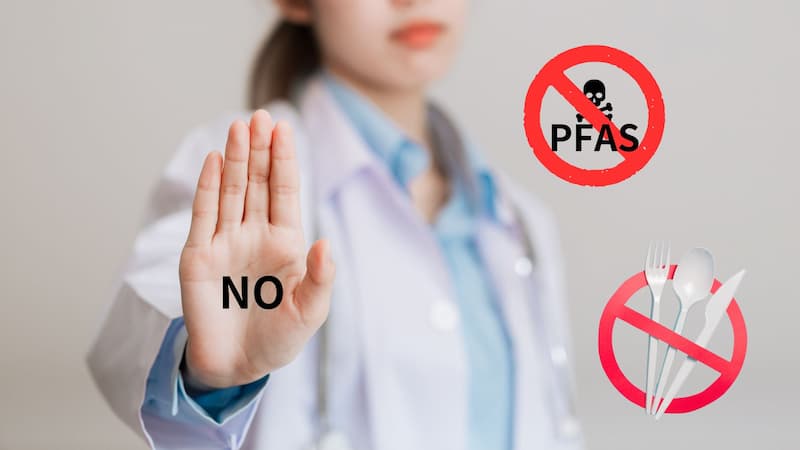
- Paper Straws: The Chemical Concerns Behind Waterproofing
To prevent paper straws from becoming soggy, many manufacturers add chemical coating to enhance water resistance. These coatings may contain permanently harmful chemicals like PFAS (per- and polyfluoroalkyl substances), fluorescent agents or bleaches. When the straw comes into contact with beverages, these chemicals can leach out, posing potential long-term health risks. - PLA Biodegradable Plastic Straws: “Microplastic Generators” in Eco-Friendly Disguise
Biodegradable plastic straws (like PLA or plant-fiber straws) may sound ideal, but at their core, they are still plastic. Although PLA comes from plant sources like agricultural waste, once polymerized it becomes OTHER. Similarly, many plant-fiber straws mix in natural materials but still require adhesives for shaping.
→ More importantly, even “biodegradable” plastics, often cannot break down effectively under Taiwan’s current recycling and waste management systems.When they fail to fully decompose in natural environments without specific conditions, they can break down into tiny, invisible microplastics. These particles may enter the human body through beverages or even the food chain, raising long-term health concerns. Just as we worry about microplastics leaching from repeatedly used plastic bottles, these “biodegradable” straws can also be a potential source of microplastics. - Reusable Straws: Risks from Improper Cleaning and Heavy Metals
Reusable straws such as stainless steel, glass, or bamboo, are popular choices for reducing plastic use. However, they also come with potential health concerns.- Hard-to-clean spots: Opaque stainless steel or bamboo straws are hard to clean thoroughly. If not properly washed or ventilated, they can harbor bacteria or mold, raising hygiene and safety concerns.
- Heavy metal concerns:Low-quality stainless steel straws may leach heavy metals, affecting both beverage taste and human health.
- Physical risks: Glass straws can break easily, while metal straws heat up quickly, posing a burn risk with hot beverages.
4 Key Steps for Choosing Safe, Healthy, and Eco-Friendly Straws:
With so many straw options on the market, how can you choose for maximum health and safety? Follow these 4 key ways to make smart, worry-free choices!
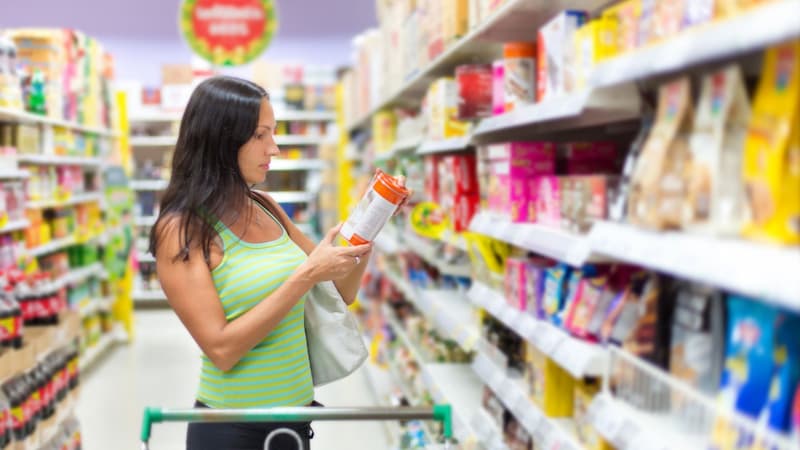
Step 1: Check the ingredient list carefully—avoid unknown chemical additives!
When choosing straws, Make a habit to check ingredient labels is essential. A truly safe and healthy straw should have clear, transparent ingredients, free from complex or unknown chemicals. This is especially important for single-use straws, which may contain added chemicals to enhance waterproofing or durability.
- Suggest: Prioritize straws with simple, clear ingredient lists labeled as “additive-free” or made from “natural materials.”
- Notice: Be cautious of products with unclear labeling or containing unknown chemicals, including waterproof coatings, plasticizers, bleaching agents, or other listed chemical additives.
Step 2: Understand decomposition properties to avoid potential microplastic risks!
Many so-called “biodegradable” straws often cannot break down effectively under Taiwan’s current recycling and waste management systems, ultimately becoming waste or generating microplastics—posing a double burden on both the environment and human health.
- Recognize: Even biodegradable plastics like PLA or PBS struggle to break down in natural environments. When decomposition conditions are insufficient, they can fragment into nearly invisible microplastics.
- 思考: If you prefer the convenience of single-use straws, consider those made from 100% natural, additive-free materials that truly break down harmlessly in the environment, minimizing the potential risk of microplastics.
Step 3: Choose materials wisely to minimize heavy metal and leaching risks!
For Reusable Straw, the material’s inherent stability and safety are key factors when choosing.
- Stainless Steel Straws: Recommend to choose food-grade 304 or 316 stainless steel, This helps minimize the risk of heavy metal leaching. When purchasing, check if the product comes with relevant safety certifications.
- Glass Straws: Choose borosilicate glass—heat-resistant, relatively shatterproof, and transparent for easy cleaning inspection.
- Bamboo Straws: Ensure the straws are properly processed to prevent mold growth or insect infestation during use.
Step 4: Prioritize easy cleaning to ensure every use is hygienic!
Whether reusable or single-use, maintaining hygiene during use is essential.
- Reusable: If you choose reusable straws, such as stainless steel, glass, or bamboo, be sure to consider their cleaning convenience. The narrow interior of straws can easily trap dirt and bacteria. Use a dedicated brush to clean thoroughly and ensure they are completely dry to prevent bacterial growth. Transparent straws, like glass, make it easier to visually confirm cleanliness.
- single-use: If you cannot guarantee thorough cleaning of reusable straws, consider single-use options that can truly naturally decomposes straws eliminate cleaning hassles while preventing bacterial buildup, giving you an extra layer of protection for your health.
100% Natural & Additive-Free: The Ultimate Choice for Safe, Healthy, and Eco-Friendly Straws
Based on the above guidelines, if you’re looking for a straw that is truly safe, healthy, and made from eco-friendly materials, 100% natural and additive-free options clearly stand out.
For example, "Grass Straw" It’s the perfect embodiment—truly a 100% natural, additive-free plant straw, sourced from aquatic plants, featuring a natural silica-based waterproof coating, requires no chemical processing or adhesives. Its naturally hollow structure eliminates the need for cutting or reshaping. Best of all, grass straws "can naturally decompose like a fallen leaf" . It naturally decomposes in the environment without leaving any microplastics, making it a safe choice for both health and the planet. Offering an excellent alternative to plastic, it stands out as an ideal member of eco-friendly tableware.
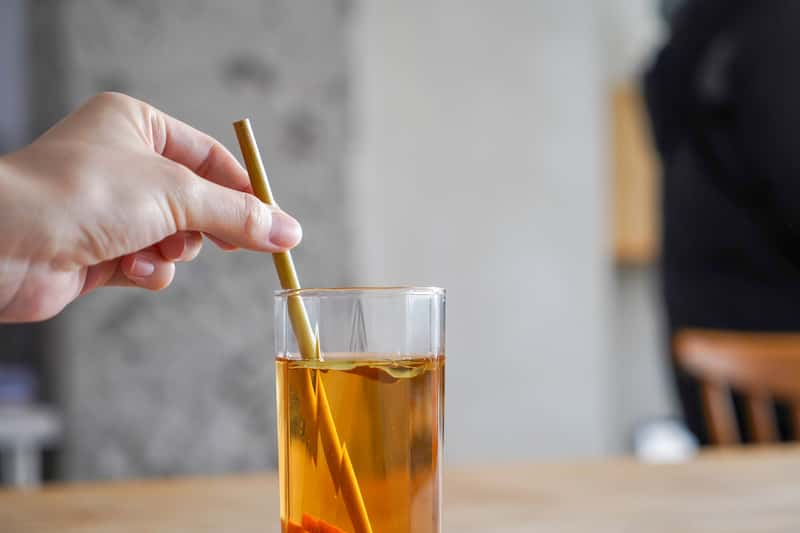
References:
- ETtoday
- CommonHealth
- HealthNews
Your choice isn’t just eco-friendly—it shapes the future!
From now on, let’s reduce plastic while protecting our health and the planet.
Every purchase is a future investment.Don’t let “eco-friendly” myths keep you from real safety!

